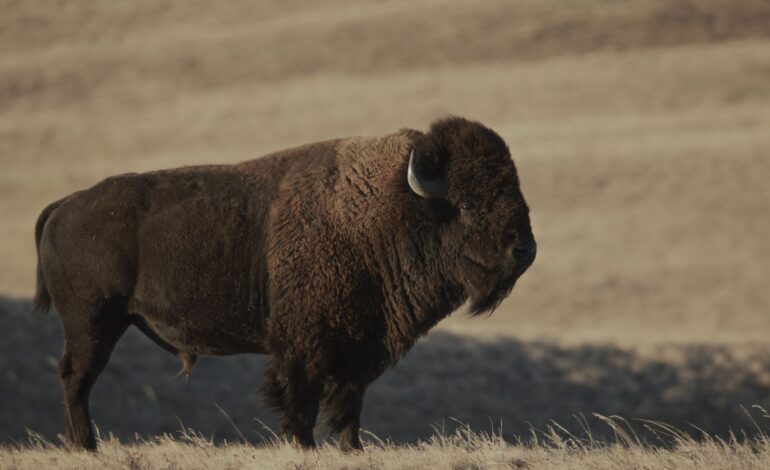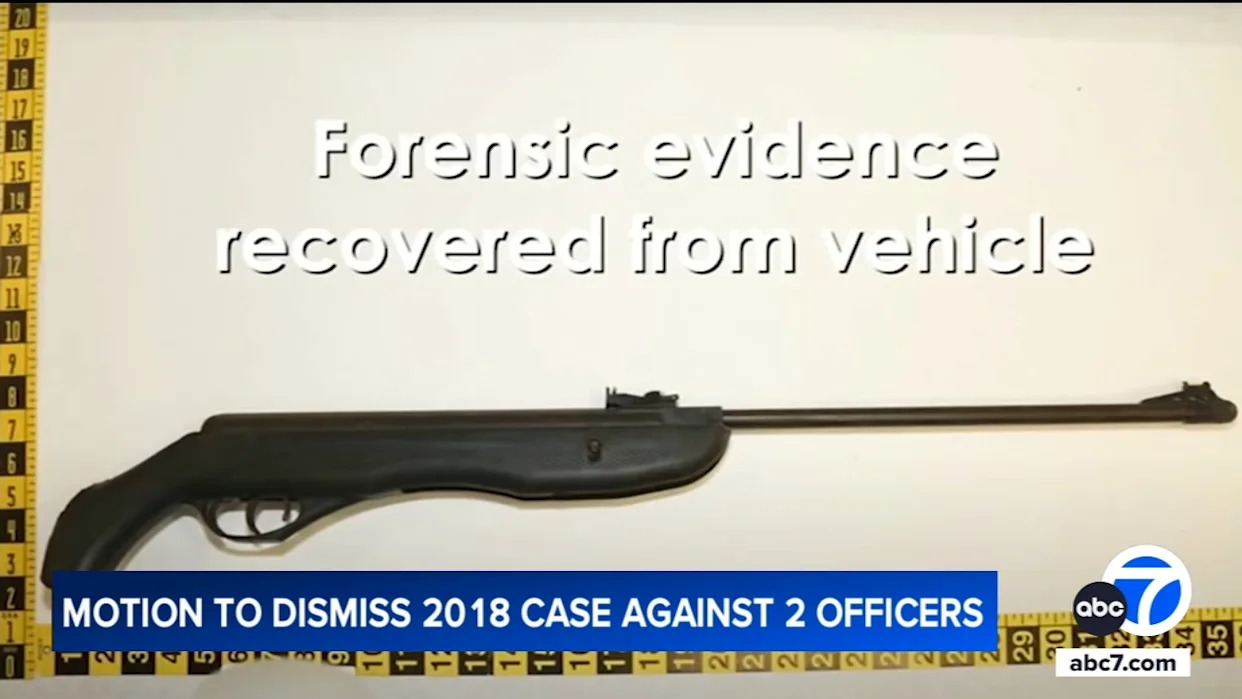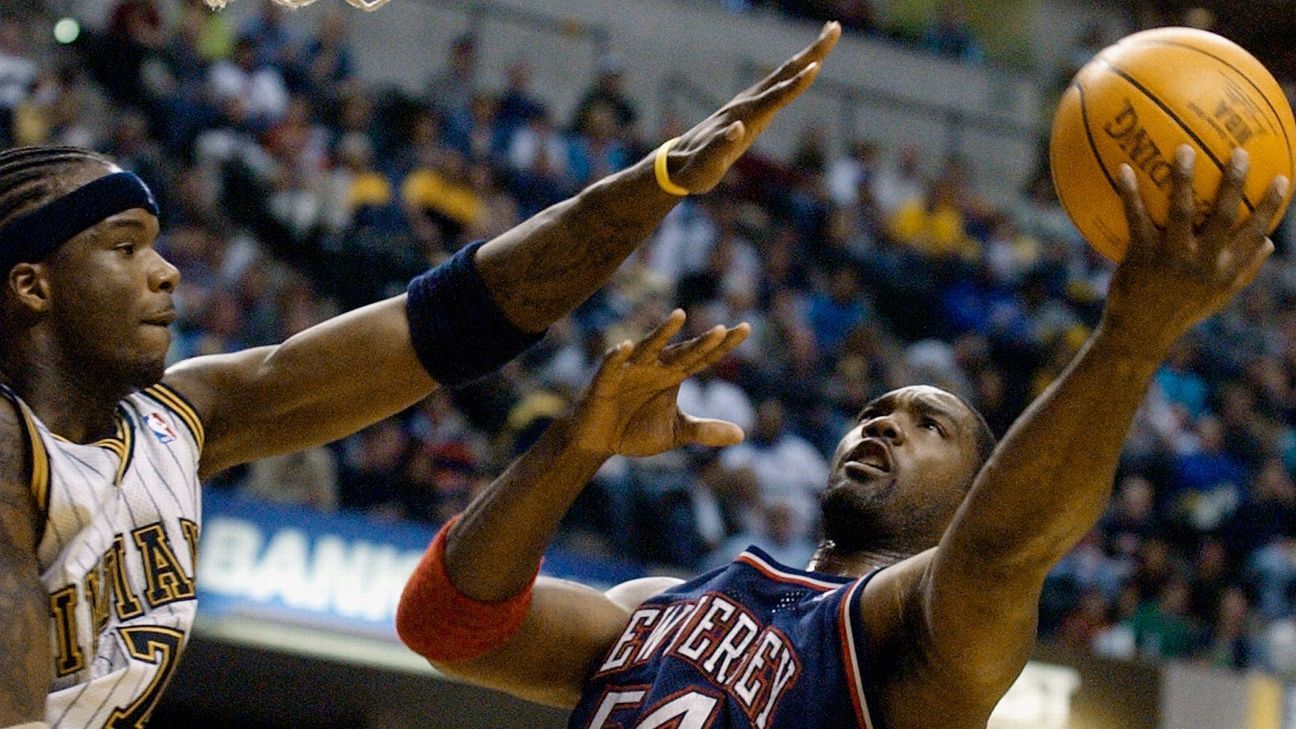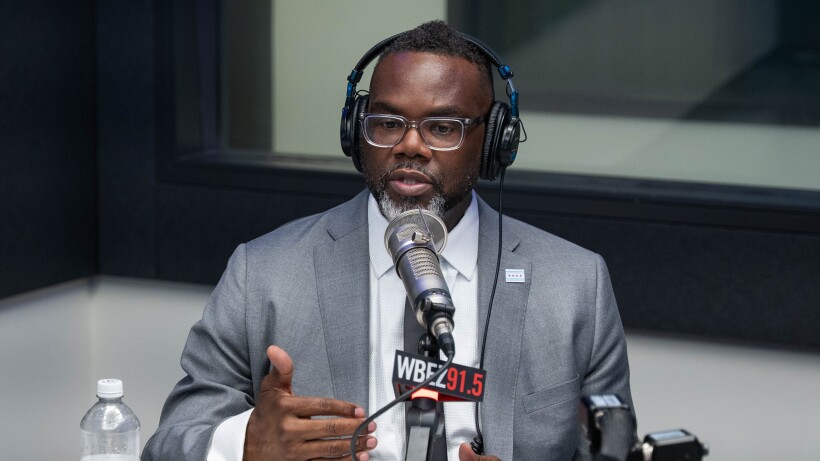Lily Gladstone Narrates Documentary on Blackfeet Buffalo Restoration

A new documentary, titled “Bring Them Home/Aiskótáhkapiya,” narrated and executive-produced by Lily Gladstone, focuses on the Blackfeet Nation’s struggle to restore buffalo to their ancestral lands. The film is set to air on most PBS stations on November 14, 2025, presenting a powerful narrative about identity, spirituality, and sovereignty through conservation efforts.
The documentary emerges during a broader dialogue surrounding land use conflicts on Indigenous reservations, particularly involving ranchers and conservationists. Gladstone, known for her Oscar-nominated role in “Killers of the Flower Moon,” expressed her commitment to the project, stating that it centers on Indigenous perspectives. She emphasized her support for Native artists leading important narratives, saying, “Anything I can do to help support Native artists who are leading and doing the work…it’s a no-brainer.”
The film chronicles the Blackfeet Nation’s decades-long endeavor to bring wild buffalo, or iinnii, back to their homeland. Directed by Ivan and Ivy MacDonald, along with filmmaker Daniel Glick, the documentary addresses the challenges faced by the Blackfeet and other tribes in the U.S. and Canada regarding buffalo management.
Once nearly exterminated by settlers as a means to diminish Indigenous populations, the buffalo’s return to Blackfeet land is complicated by contemporary ranching and land division. Gladstone described the project as personally significant, stating, “I don’t really remember a time when I didn’t have a deep awareness that buffalo are at the heart of who we are as Blackfeet.”
The documentary highlights two reserves in Canada, illustrating the ongoing struggle to restore buffalo populations. It reveals the internal politics of tribal governance, resistance from cattle ranchers, and efforts to engage younger generations in “buffalo awareness” initiatives. Often, tribes are forced to sell buffalo herds, only to repurchase them later when circumstances change.
A significant theme of the film is the connection between conservation and cultural survival. Gladstone noted, “At a time when everything feels like a commodity, this story reminds us that connection to land and animals isn’t something you can buy — it’s something you live.” This perspective underscores the importance of buffalo in the cultural and spiritual identity of the Blackfeet people.
In tracing her own lineage, Gladstone referenced Red Crow, a Kainai chief who witnessed the transition from buffalo to cattle economies in the 19th century. His reflections resonate with the ongoing challenges faced by Indigenous communities today, as she remarked, “He said we were buffalo people becoming cattle people, and that’s still true in many ways.”
Gladstone contributes her voice to the narration while also playing a role in the film’s direction, emphasizing the collaborative nature of the project. With its focus on the Blackfeet Nation’s relationship with buffalo, the documentary promises to be a poignant exploration of cultural heritage and environmental stewardship.






